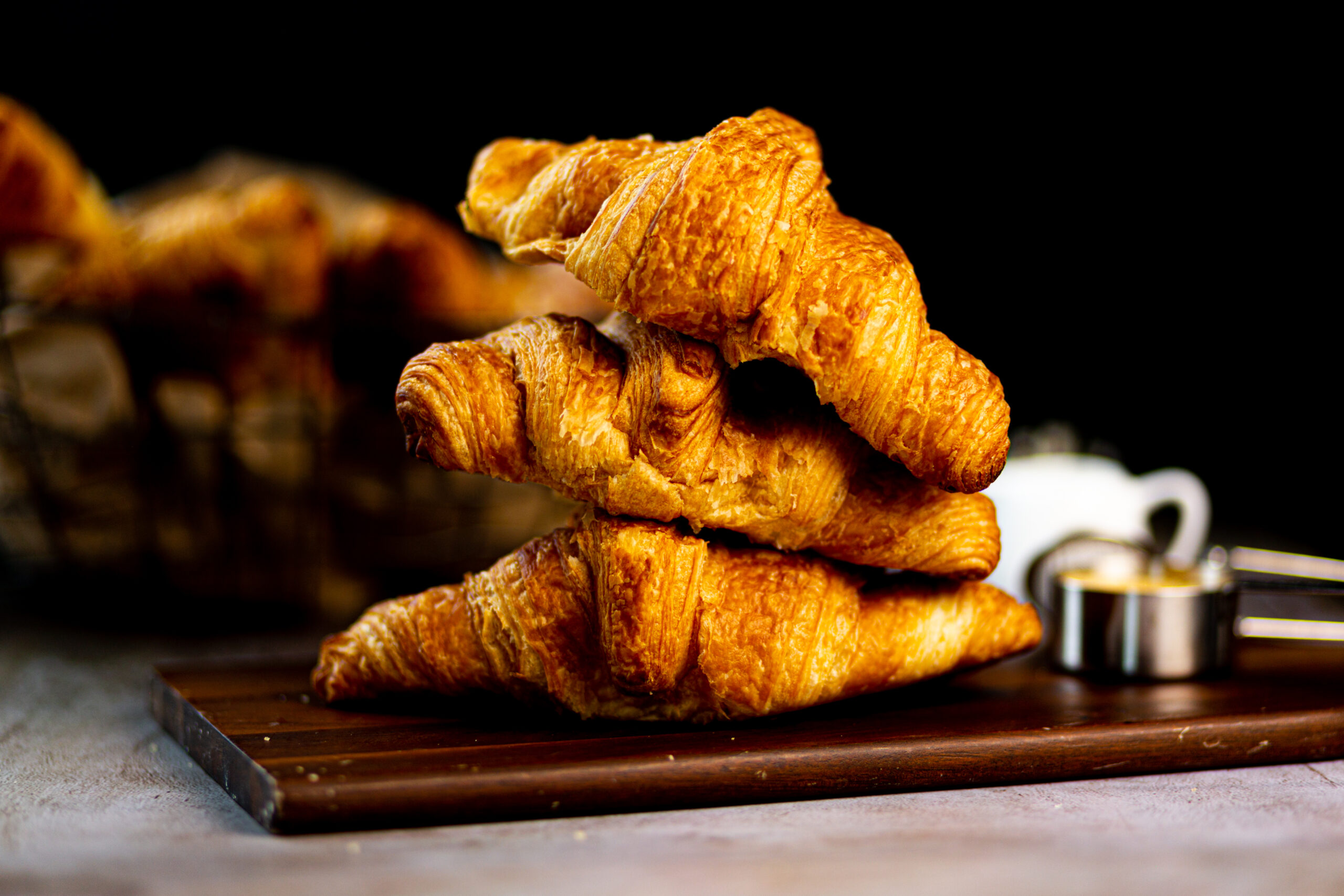Food photography is a type of photography that has been gaining more and more popularity over the years. With the rise of social media, the art of food photography has become an important tool for businesses, chefs, and food bloggers to showcase their work and attract customers. In this article, we will explore the basics of food photography, why it’s important, and some tips to help you capture the perfect shot.
Why is Food Photography Important?
Food photography is important because it can make or break a business or a blog. A great photo can entice customers to try a dish or visit a restaurant, while a bad photo can turn them away.
According to a study published in the Journal of Foodservice Business Research, “the quality of food photography is the most important factor in influencing the decision to visit a restaurant.”
In addition, food photography can also affect how people perceive the taste and quality of the food.
A study published in the Journal of Sensory Studies found that “participants rated food as tasting better when it was presented with high-quality photographs compared to low-quality photographs.”
Basics of Food Photography
To capture a great food photo, you need to understand the basics of photography. The three main components of photography are aperture, shutter speed, and ISO.
Aperture is the opening in the camera lens that controls the amount of light that enters the camera.
A larger aperture (smaller f-number) will create a shallower depth of field, which is useful when you want to focus on a specific part of the food, while a smaller aperture (larger f-number) will create a greater depth of field, which is useful when you want to capture the entire dish in focus.
Shutter speed refers to the length of time the camera’s shutter is open. A faster shutter speed will freeze motion, while a slower shutter speed will create motion blur. The choice of shutter speed depends on the effect you want to achieve.
ISO refers to the sensitivity of the camera’s sensor to light. A higher ISO will allow you to capture photos in low light conditions, but it can also introduce noise into the image. It’s best to use the lowest possible ISO for the lighting conditions.
Tips for Food Photography
- Lighting is Key
One of the most important aspects of food photography is lighting. Natural light is the best option for food photography, as it creates a soft and natural look. Try to avoid harsh or direct sunlight, as it can create unwanted shadows and highlights. If natural light is not available, you can use artificial lights, such as a softbox or a diffuser, to create a similar effect.
- Composition
Composition is another important aspect of food photography. The way you arrange the food on the plate can affect the overall look of the photo. Try to create balance and symmetry in your composition, and use props, such as utensils or napkins, to add depth and interest.
- Focus on Details
In food photography, it’s the small details that can make a big difference. Focus on the texture, color, and shape of the food to create a visually appealing photo. Use a shallow depth of field to blur the background and create a sense of depth.
- Experiment with Angles
Experimenting with different angles can help you create a unique and interesting photo. Try shooting from above, from the side, or at a low angle to capture different perspectives of the dish.
Conclusion
In conclusion, food photography is an important aspect of the food industry, as it can influence customers’ decision to visit a restaurant or try a dish. Understanding the basics of photography, such as aperture, shutter speed, and ISO, can help you capture the perfect shot. By focusing on lighting, composition, details, and angles, you can create a visually appealing and enticing photo that will make your food


